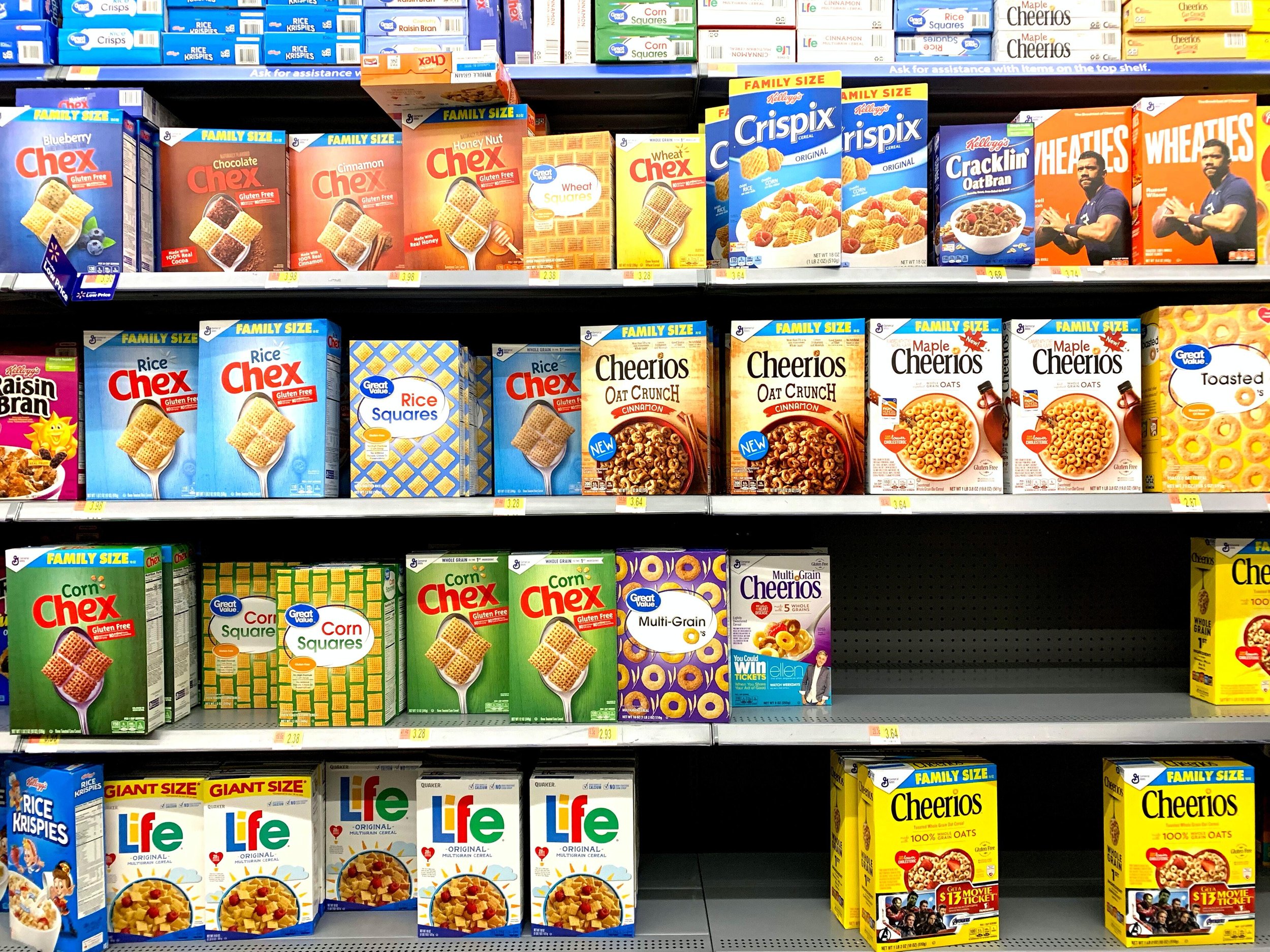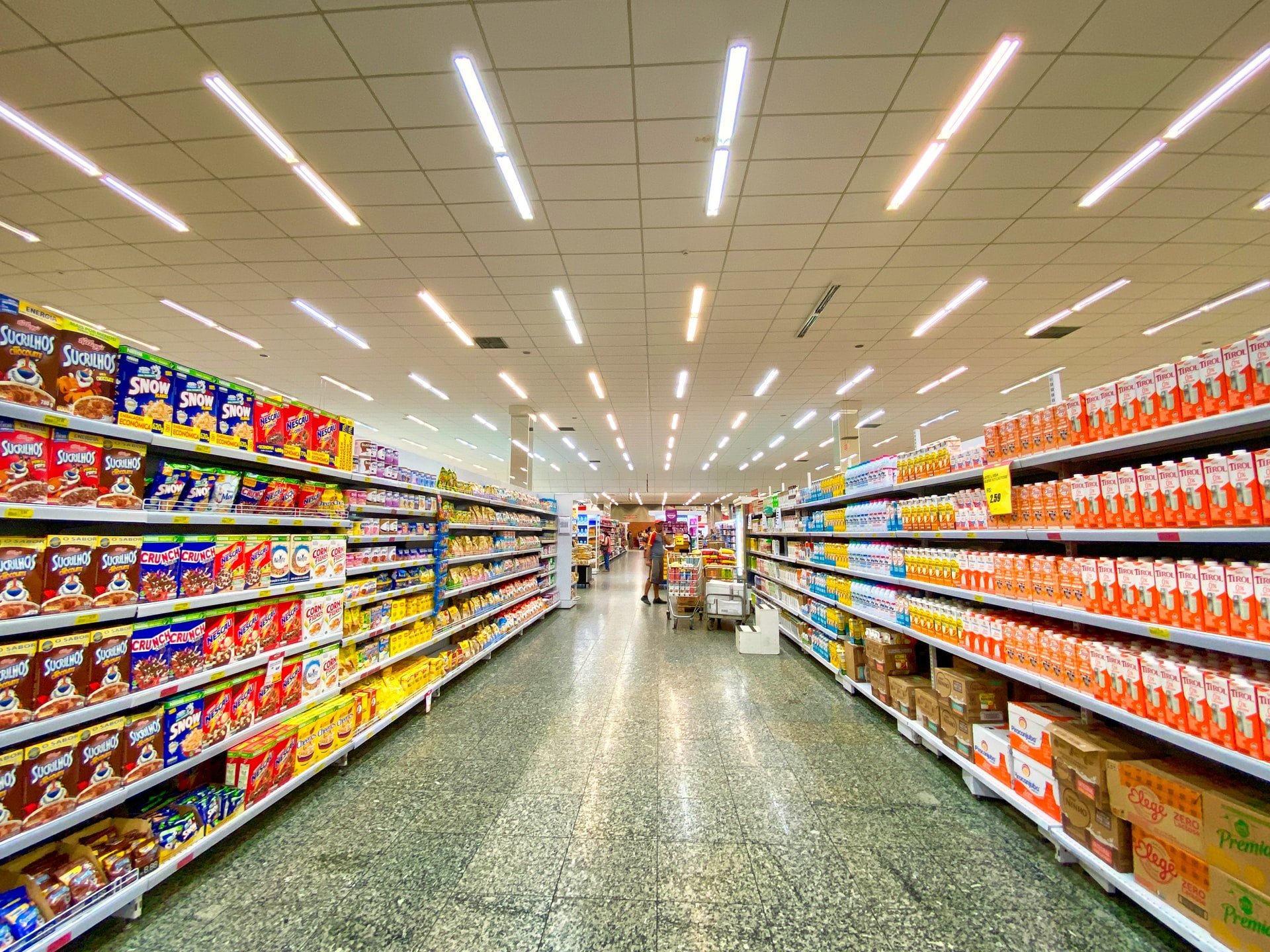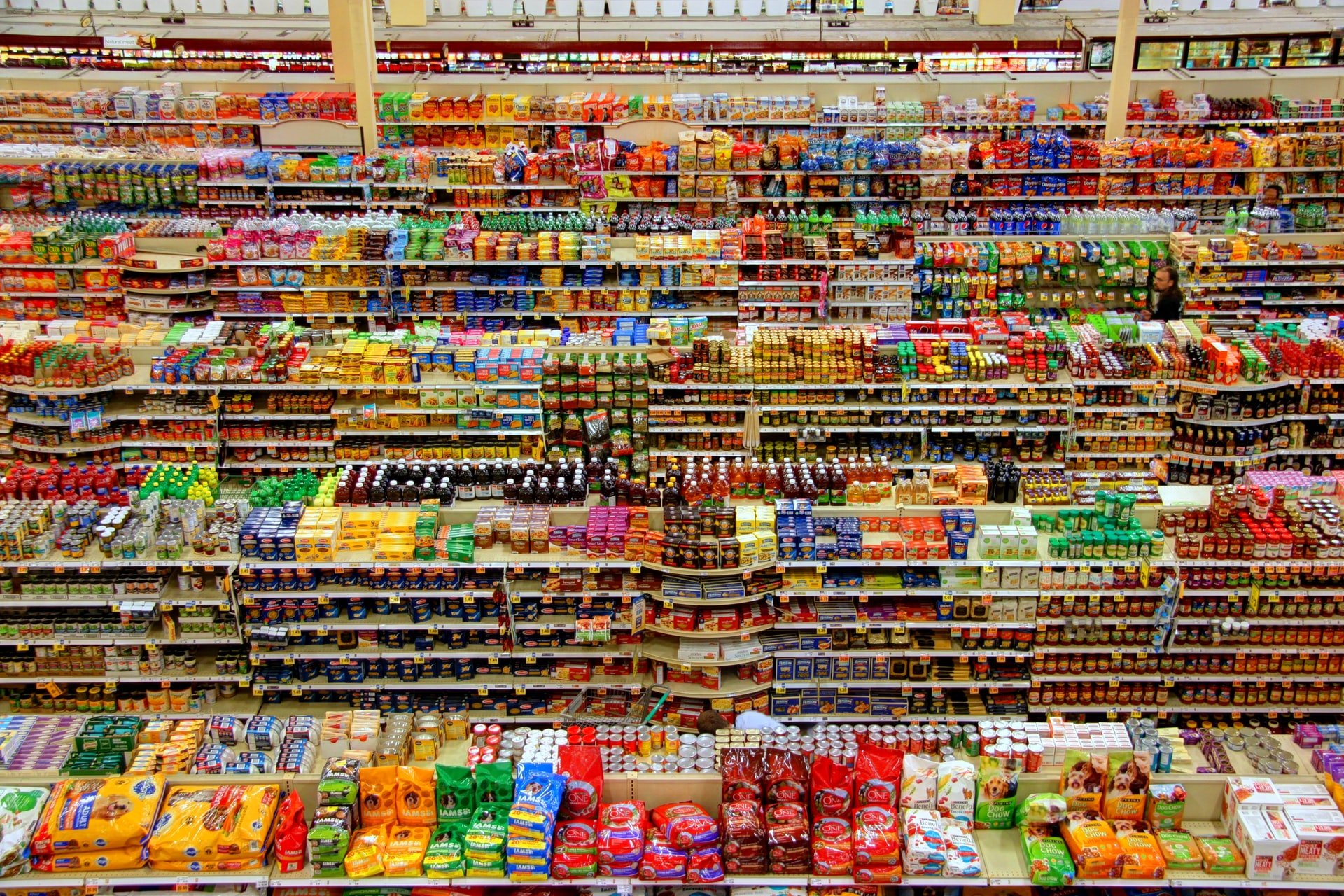An executive at the 2021 Sustainable Brands conference recently made a flashy prediction – “Carbon is the new calorie.”
It seems like carbon labeling is coming, whether CPGs like it or not. As part of the EU’s pledge to achieve net-zero carbon emissions by 2050, the European Commission has committed to proposing a mandatory, EU-wide front-of-package labeling scheme by the end of 2022. Their aim is to create a sustainable labeling system that communicates the nutritional, environmental, and social impacts of food products.
Some companies are scrambling to get on board as soon as possible, hoping that doing so might earn them a seat at the table where these regulations are being shaped. Others are kicking labeling down the road until they’re required by law.
A 2020 study found that more than half of EU citizens would like to see the environmental impact of their food products and that their main barriers to eating more sustainably were “lack of knowledge” and “difficulty of identifying sustainable food options”. This makes carbon and eco-labeling a huge opportunity for food companies who want to tap the sustainability-minded consumer market, especially because the return on investment from sustainability claims is widely demonstrated.
A grocery store aisle with shelves full of products in colorful packages. Image credit: Nathalia Rosa
But ROI could be significantly diminished by several factors leading to consumer confusion and mistrust:
1. Labeling does not equal understanding.
Similar to nutritional labeling, which hasn’t been successful in changing consumer behavior because people don’t really understand the impact of milligrams of sodium, let alone kg of CO2 equivalent emitted. Consumers need context and education in order for these labels to have meaning.
2. Many disparate labels dilute the power of all labels.
The space is about to be inundated with voluntary labels that are measured, displayed and verified differently. This kind of inconsistency across brands can erode consumer trust. In fact, 43 percent of consumers do not trust the environmental messages peddled by brands.
3. Collapsing environmental impact into a single measure is reductive.
Reducing carbon impact is critical in the fight against climate change, but it’s just one tool in our toolbox. By focusing too much on carbon and not on one of the many other factors that need to be addressed, such as water usage, biodiversity loss, or land-use change, the true impact of a product is hidden. This is a disservice to everyone along the food supply system, including the consumer.
4. ‘Empty transparency’ is just greenwashing.
It’s great to be transparent about your product’s carbon impact, but unless collecting and displaying this information leads to action to reduce it then it’s irrelevant. And with the number of lawsuits over false and misleading food and environmental claims on the rise, brands should be wary of glossing over the numbers or intentionally taking data out of context.
An aerial view of grocery store aisles packed with products of all shapes and colors. Image credit: Peter Bond
How to maximize the impact of your carbon labeling:
1. Contextualize your carbon impact.
Don’t just list the amount of carbon and call it a day. A best-case scenario might look something like this, “All 350g CO2e emitted as a result of the production of this snack was offset through carbon offset purchases from Pachama. That’s the equivalent of canceling out one mile of driving!” Ideally, you’d go above and beyond to remove extra carbon through offsets, an even more compelling message for your customers! (This of course is much easier said than done.)
You could also go the route of Chipotle’s Real Foodprint, which measures the impact of ingredients grown or raised to Chipotle’s organic and animal welfare standards and compares against the same ingredients grown conventionally. This is a great way for companies to show they’re dedicated to sustainability and outperforming the competition without making an outright brand-to-brand comparison.
2. Make a carbon action plan, and stick to it.
Talk with your team and figure out what goals you want to set for your carbon impact going forward. Set carbon impact ceilings for product developers to ensure that as they’re creating new products or going through a reformulation or product renovation exercise, they’ll wear carbon labels that you can be proud of.
3. Show that you’re working toward lowering the carbon impact of your products.
In a survey conducted by Carbon Trust, two-thirds of consumers said they are more likely to think positively about a brand that can demonstrate it has lowered the carbon footprint of its products. Carbon Trust has a label that certifies the product’s carbon footprint is decreasing annually, and that the company has committed to achieving ongoing footprint reductions.
4. Consider using a larger, more nuanced, “eco-labeling” framework.
Look beyond simply measuring carbon and consider the deeper, often hidden, impacts of food production. How much land –and as a result, biodiversity– was cleared in order to make way for agricultural production? What are the water use requirements for growing the ingredients used in our products? Are the people growing, raising, and harvesting our food being treated and paid fairly? These, of course, are much harder to quantify than a carbon footprint, but that makes it all the more important that we don’t slap a carbon label on-pack and consider our work done.
In anticipation of the flood of voluntary and compulsory carbon labels in the coming years, companies that help customers understand carbon impacts through the lens of their products will have a significant competitive advantage. It will be critical to back up labeling efforts with committed internal decision-making processes to reduce carbon. For companies willing to work toward becoming more sustainability-focused, this is an opportunity to set themselves apart.









